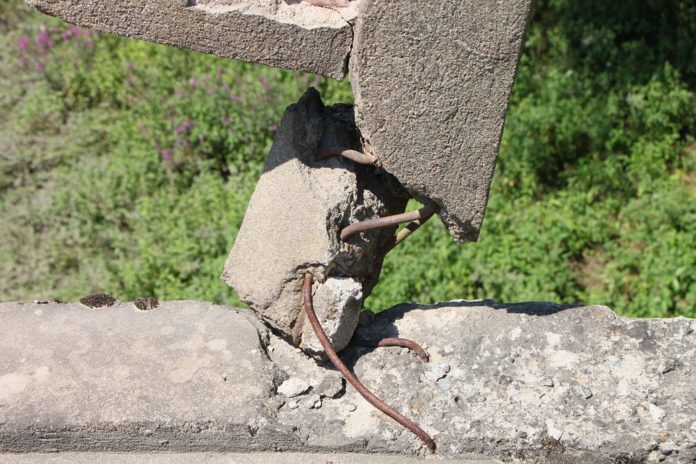
The Interstate 35W bridge, one of the Twin Cities’ most used, crumbled and fell into the Mississippi River on August 1, 2007 during evening rush hour. 13 people were killed, and 145 were injured in the collapse.
The state (and two contractors responsible for the bridge) paid more than $100 million to survivors and the families of the dead.
But how did it occur in the first place?
Leaders across the country pointed to I-35 as evidence of the country’s neglect of continually deteriorating infrastructure. A federal investigation, however, determined that it was poor design, and not lack of maintenance, that was the cause of the collapse.
Not that there weren’t warning signs: I-35 was rated structurally deficient, meaning in need of repair replacement, and was also noted as fracture critical, basically saying the whole thing could come down if one piece of its infrastructure fails.
Which is ultimately what happened.
The official word from the National Transportation Safety Board was that the gusset plates for the bridge, which hold the beams together, were only half of the necessary thickness. When 300 tons of construction material, (meant for bridge renovation in a cruel sort of irony), the bridge, which was built in 1964, collapsed.
But, as a result…
Minnesota’s did spend time and money improving bridge infrastructure. After launching a $2.5 billion, 10-year improvement program in 2008, 172 structurally deficient or fracture-critical bridges were identified. Over 100 of these bridges have been repaired or completely replaced, or are slated to be repaired/replaced soon. Some need only basic maintenance, and the rest will be taken care of by late 2018 (according to plan).
The I-35 collapse also put a spotlight on the need for better inspection: Minnesota now also requires formal independent peer review while new bridges are being designed so that no errors go unnoticed.
And the percentage of structurally deficient bridges in Minnesota has dropped from 8% to 6%.
(Source: www.infrastructurereportcard.org)
But it wasn’t a self-contained event; not something that mattered only in Minnesota. The collapse was a wake-up call for states all across the country to take a better and closer look at their bridges so as to avoid similar tragedies. The American Society of Civil Engineers has stated that the number of structurally deficient bridges has gone from 12% in 2007 to 9% in 2017.
It’s a problem that is currently being discussed by the federal government as well.
On a national level, Congress has also called for a more streamlined, data-driven approach to bridge inspection that will pinpoint greatest risks and utilize time and funds accordingly.
President Donald Trump’s has proposed a $1 trillion overhaul of the country’s roads and bridges. This, however, has yet to find support in Congress, and it is unclear how it would be accomplished.
















